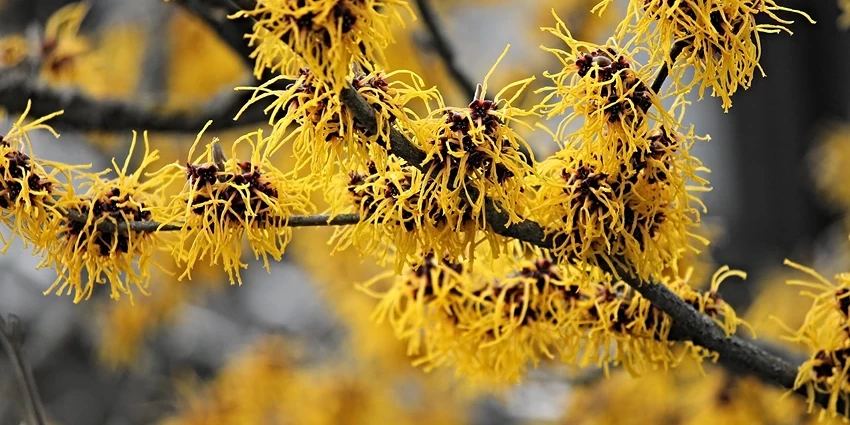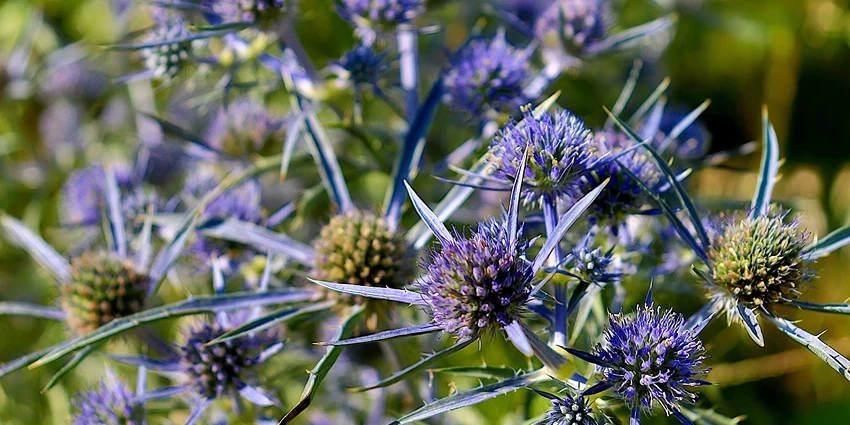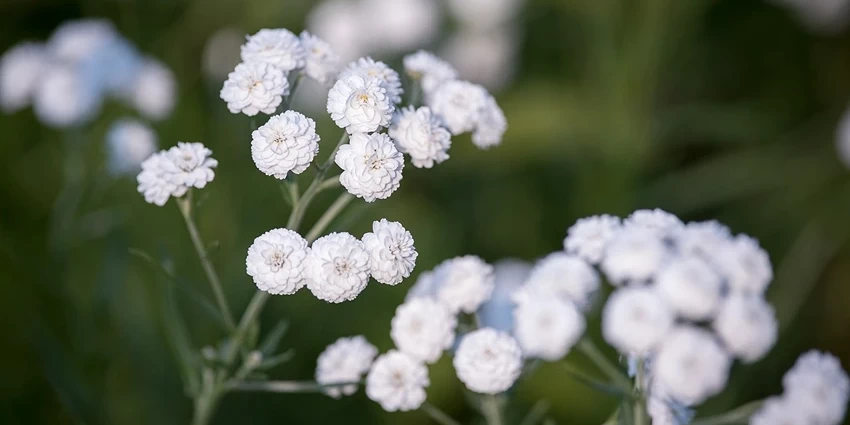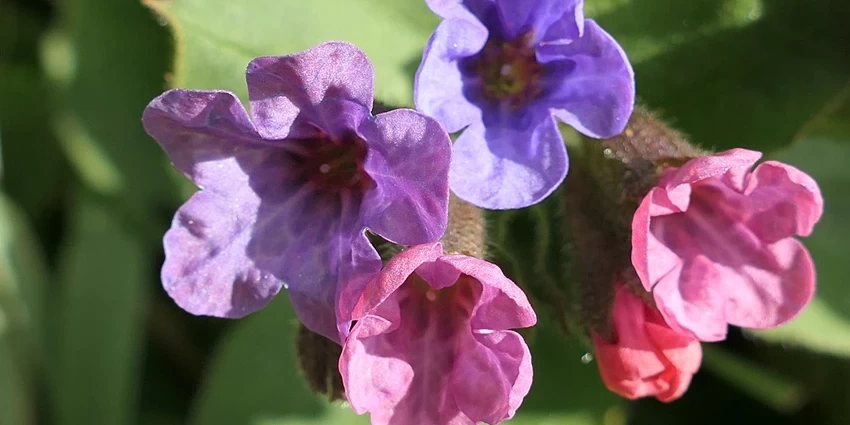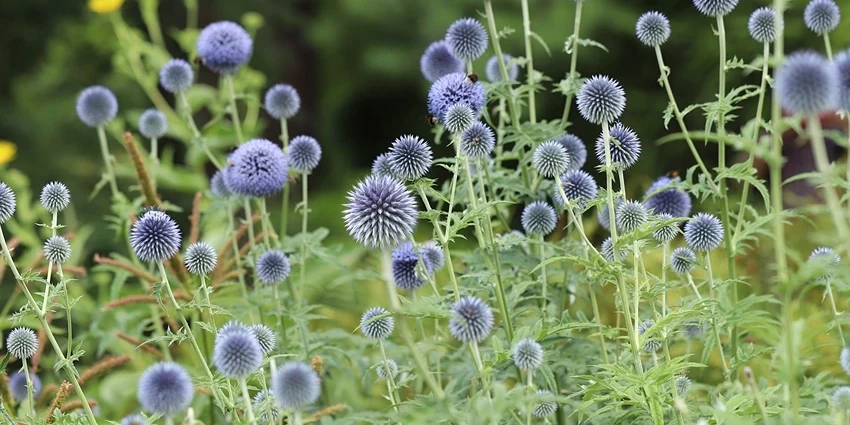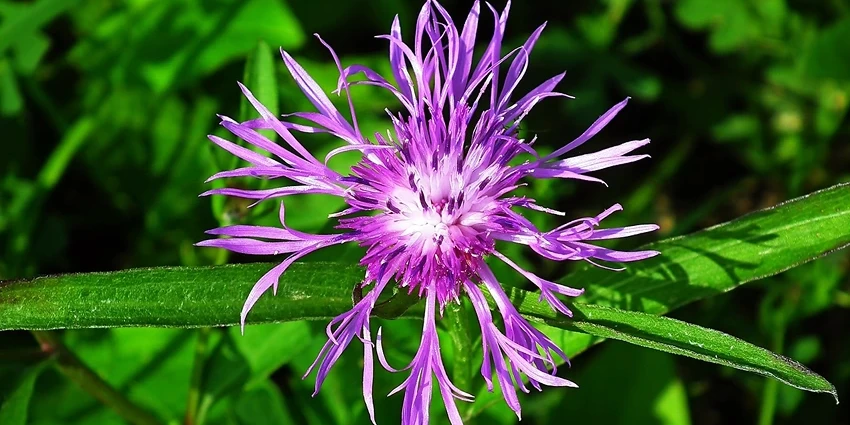All products were chosen independently by our editorial team. This review contains affiliate links and we may receive a commission for purchases made. Please read our affiliates FAQ page to find out more.
Home » Types of Plants » The Enchanting World of Lilium spp. (Lilies): A Deep Dive into Their Beauty and Diversity
Latin Name
Lilium spp.
Most Commonly Used Where
Gardens, bouquets
Family
Liliaceae
Lilies, with their striking presence and captivating fragrance, have long been a symbol of purity and beauty. Belonging to the genus Lilium, these herbaceous flowering plants are a part of the Liliaceae family. They are not just a feast for the eyes but also hold significant cultural and historical importance. Let’s embark on a journey to explore the fascinating world of lilies.
| Jan | Feb | Mar | Apr | May | Jun | Jul | Aug | Sep | Oct | Nov | Dec | |
|---|---|---|---|---|---|---|---|---|---|---|---|---|
| Plant | ✓ | ✓ | ||||||||||
| Harvest |
Register for our latest in-depth reviews and product round-ups from the experts.
Enter your email address below to receive our monthly review emails.
By entering your details, you are agreeing to our terms and conditions and privacy policy. You can unsubscribe at any time.
Key Takeaways
- Lilies: A diverse and culturally significant genus in the Liliaceae family.
- Morphology: Known for their large, prominent flowers and variety of colors.
- Habitat: Native to the Northern Hemisphere, thriving in temperate climates.
- Cultivation: Popular in gardens and as cut flowers, with specific soil and care requirements.
- Symbolism: Historically significant, symbolizing purity and often used in literature and culture.
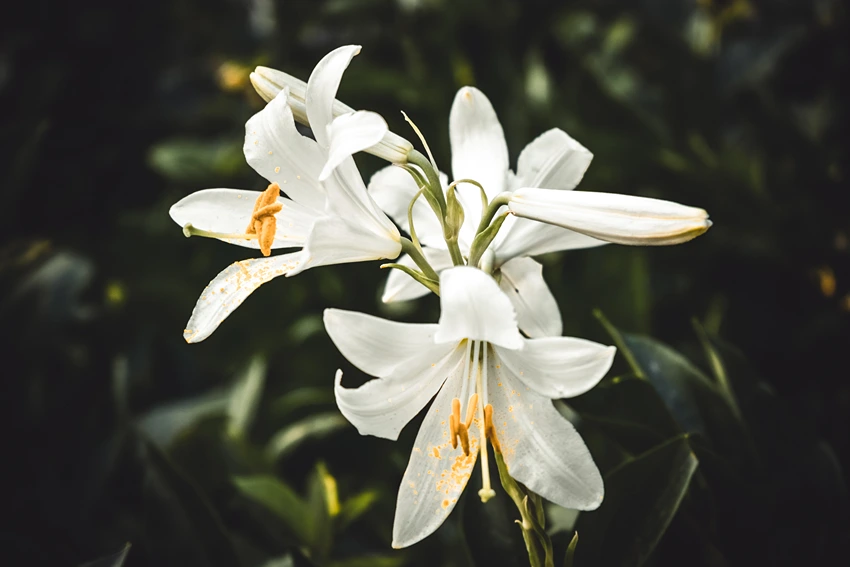
Understanding Lilium spp.
Lilies (Lilium spp.) are not just any ordinary flowers; they are a marvel of nature. This genus comprises a variety of species, each unique in its way. Most species are native to the temperate regions of the Northern Hemisphere, extending their charm from Europe and Asia to North America.
Taxonomy and Classification
- Family: Liliaceae
- Genus: Lilium
- Species: Over 100 recognized species
- Native Range: Primarily Northern Hemisphere
Morphological Wonders
Lilies are renowned for their large, often fragrant flowers, perfect for cutting with the best loppers. They come in a spectrum of colors like whites, yellows, oranges, pinks, reds, and purples. The flowers, borne in racemes or umbels, are a true spectacle with six tepals that can be either spreading or reflexed.
Botanical Characteristics
- Height: Ranges from 1–6 feet
- Bulbs: The primary organ of perennation, varying in depth and form
- Flower Structure: Large, colorful, with six tepals and a superior ovary
- Fruit: Typically a three-celled capsule

Habitat and Distribution: Where Lilies Thrive
Lilies have a wide distribution, predominantly in the temperate regions of the Northern Hemisphere. They adapt well to various habitats, from woodland to grasslands, and some even thrive in marshlands or as epiphytes in tropical Southeast Asia.
Preferred Environments
- Soil: Moderately acidic or lime-free
- Climate: Temperate, extending to subtropics
A Journey Through Time: Historical and Cultural Significance
Lilies have been more than just flowers; they have been symbols, muses, and sources of inspiration. Their historical and cultural significance is as diverse as their species.
Symbolism and Uses in Culture
- Ancient Civilizations: Symbol of purity and associated with deities
- Literature and Art: Frequent motifs in poetry, paintings, and decorations
- Modern Symbolism: Represents purity, commitment, and rebirth
Cultivating Lilium spp.: A Gardener’s Delight
Gardening enthusiasts often find joy in cultivating lilies, thanks to their striking beauty and variety. However, growing these beauties requires specific conditions and care.
Cultivation Essentials
- Soil Type: Well-drained, loamy soil
- Sunlight: Prefers full sun to partial shade
- Planting Depth: Generally 2½ times the height of the bulb
- Watering: Regular watering during the growing season is crucial, and using one of the best garden hoses can ensure your lilies receive the right amount of water.
Common Challenges
- Pests and Diseases: Susceptible to lily beetles, aphids, and fungal diseases
- Environmental Factors: Deer and other wildlife can pose a threat to lilies
Tables Packed with Value: Quick Facts and Figures
Table 1: Lilium spp. Quick Facts
| Feature | Description |
| Family | Liliaceae |
| Genus | Lilium |
| Species Count | Over 100 |
| Native Range | Northern Hemisphere |
| Flower Colors | Whites, Yellows, Oranges, Pinks, Reds, Purples |
| Soil Preference | Moderately acidic, well-drained |
Table 2: Common Lily Varieties
| Variety | Characteristics |
| Asiatic Lilies | Bright colors, unscented |
| Oriental Lilies | Large, fragrant, often “stargazers” |
| Trumpet Lilies | Trumpet-shaped, fragrant |
| Martagon Lilies | Turk’s cap style, shade-tolerant |
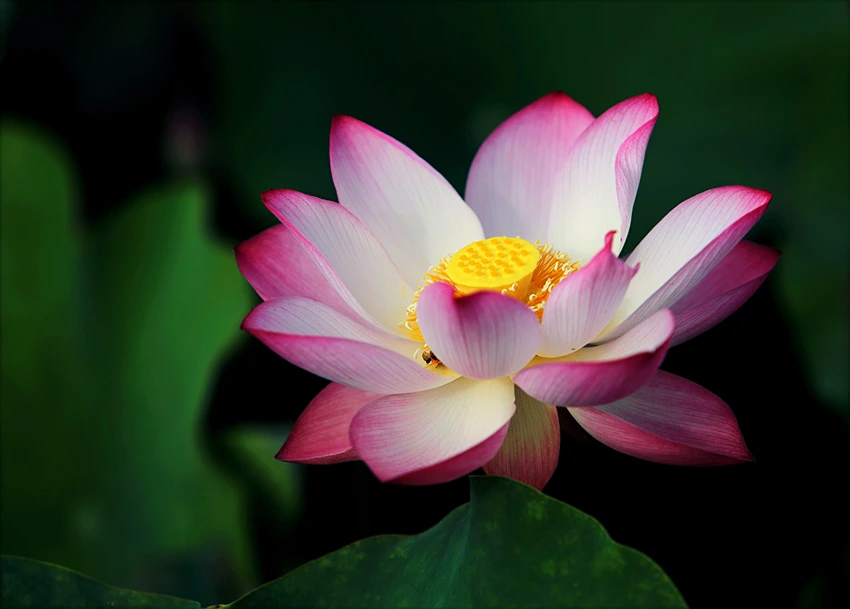
Cultivating Lilium spp.: Tips for a Flourishing Garden
Growing lilies can be a rewarding experience for any gardening enthusiast. Here are some key considerations to ensure your lilies thrive.
Optimal Growing Conditions
- Lighting: Full sun to partial shade for vibrant blooms
- Soil: Well-drained, fertile, and slightly acidic
- Watering: Consistent moisture is key, and the use of best garden hose spray guns can help provide precise watering, especially during growth and flowering stages.
Propagation Techniques
- Division of Bulbs: Ideal for increasing your lily collection
- Scaling: Detaching scales from the bulb to grow new plants
- Seed Germination: A method for enthusiasts who enjoy a challenge
Pest Management and Disease Prevention
Lilies, while hardy, can be susceptible to certain pests and diseases. Regular monitoring and preventive measures are key.
Common Pests and Diseases
- Lily Beetle: A major threat that requires vigilance
- Botrytis Blight: Fungal disease causing brown spots on leaves
- Aphids: Sap-sucking pests that can weaken plants
Lilies Beyond the Garden: Versatile Uses
Lilies are not just garden beauties; they have various uses that extend beyond ornamental purposes.
Medicinal and Culinary Applications
- Traditional Medicine: Used in various cultures for their healing properties
- Culinary Delights: Certain species’ bulbs are edible and used in cuisines
Cultural and Artistic Significance
- Symbolism: Representing purity, passion, and renewal in various cultures
- Art and Literature: Lilies have inspired artists and writers for centuries
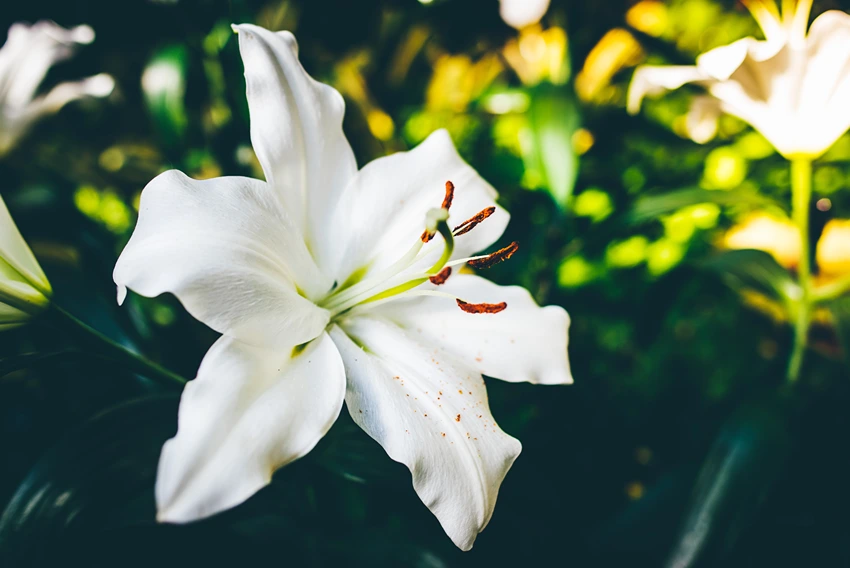
Frequently Asked Questions About Lilium spp.
Let’s address some common questions about lilies to enhance our understanding and appreciation of these magnificent flowers.
Q&A Table: All About Lilies
| Question | Answer |
| How do I choose the right lily variety for my garden? | Consider factors like climate, soil type, and desired bloom color and fragrance. |
| Can lilies be grown in containers? | Yes, many lily varieties thrive in containers with proper care. |
| Are lilies toxic to pets? | Some lily species are toxic, especially to cats. It’s best to consult a vet for specific concerns. |
In conclusion, the world of Lilium spp. is as practical as it is enchanting. Whether you’re a seasoned gardener or a curious admirer, there’s always something new to learn and appreciate about these timeless beauties. From their cultivation needs to their myriad uses and cultural significance, lilies continue to be a source of joy and fascination. As we wrap up our exploration, remember that the journey with lilies is an ongoing adventure, filled with beauty and discovery at every turn.
Where to buy lily
Oliver, a creative powerhouse and gardening enthusiast, brings a unique blend of scientific knowledge and artistic flair to BritishGreenThumb.co.uk. Growing up in the vibrant city of Brighton, Oliver's earliest memories involve exploring the city's picturesque parks and gardens, which sparked his lifelong passion for horticulture.



